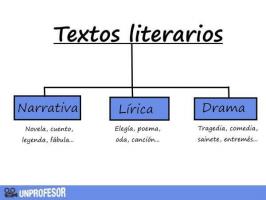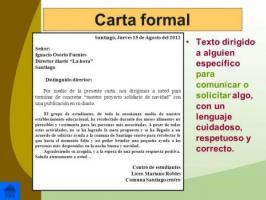The 5 elements of NARRATION
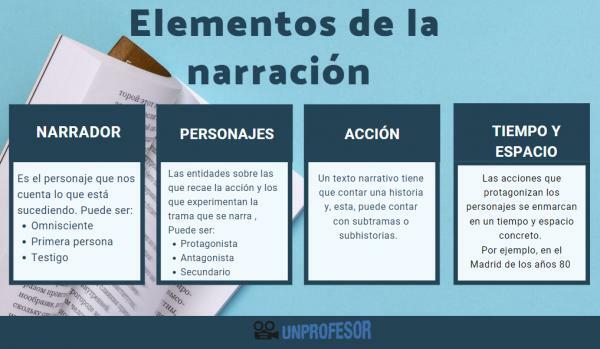
In order to make a good narrative text It is important to take into account which are the basic elements that must be taken into account in order to be able to make a good narration. There are essential characteristics for this type of text, such as the presence of characters, action, narrative voice, and so on. In this lesson from a TEACHER we are going to discover what the narrative elements indicating all the basic characteristics that make a text can be considered as narrative. Here is a complete summary!
Index
- What is a narrative: easy definition
- Characters, one of the elements of the narrative
- Narrative action
- The time in the narration
- Narrator, another of the essential elements of the narrative
- Narrative space
What is a narrative: easy definition.
A narrative text it's a literary genre which is based on narrating or relating a story, which may well be real, invented or a mixture of the two. In this type of text, a narrator is in charge of telling us a story that has a main action carried out by characters over a period of time determined by the author.
To correctly structure a narrative, it must have different well differentiated parts and that will help the reader to delve better into the story and to understand reliably all the events narrated. It is important that the narration is understandable and that it is also credible so that the reader continues reading and continues with the story. The characters must react with logic and in the work there must be a cause-effect relationship so that the plot threads are more plausible. The parts of a narrative They are:
- Approach
- Knot
- Outcome
Although the order can be altered and, according to the author's intention, start with the middle or the end, for example.
There are many types of narrative textsand these are classified according to the nature of the text itself: there are literary, historical or journalistic texts. And, within them, we also find other subgenres such as, for example, stories, novels, theater, etc.
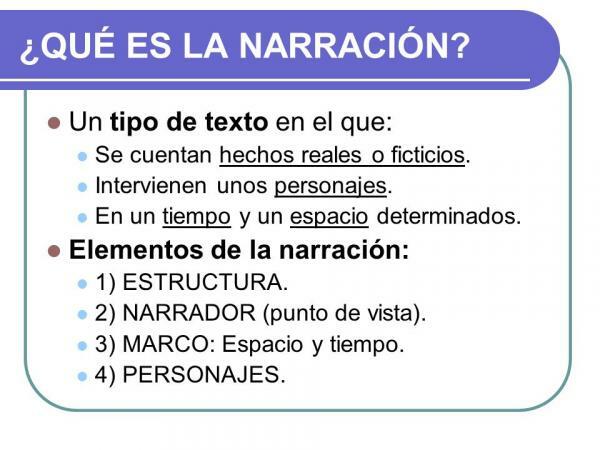
Image: Tes
Characters, one of the elements of the narrative.
But we are going to enter fully now to know the elements of the narrative and see the essential characteristics that a text must meet in order to be considered as narrative.
One of the basic elements is that in a narrative there are characters, that is, the entities on which the action falls and those who experience the plot that is narrated. The features of the characters in a narrative are the following:
- It can be a person, an animal or an object. It does not always have to be people who star in the stories, in fact, in the fables animals are usually responsible for living the plot that is explained in its lines.
- They are the ones who live the action. The character is in charge of receiving the action of the plot and experiencing both the causes and the consequences of what is explained in the text.
- Different types of characters. Depending on the importance it has in the action and in the story that is being told, we find different types of characters: the protagonist, who It is the main one, the antagonist, who is the one who puts obstacles to the main one, and the secondary characters that nurture the action and help draw the best protagonist.
- They serve a function. In a good narrative text it is important that the characters are there for something. Either to nurture the plot, or to help the character, etc. But they have to be "useful" for the story, otherwise they can be removed.
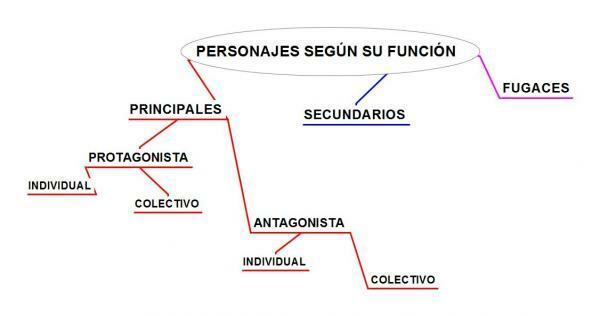
Image: Tongue only
Narrative action.
A narrative text has to tell a storyWell, otherwise we would be facing another type of text: descriptive, scientific, and so on. A narrative implies that an event is narrated which, in turn, may have other events. subplots that add to the story told.
In the case of storiesFor example, texts usually only have a narrative action due to their brevity; However, in novels we find that they usually have several plots, although there is always one that is the main one and the driving force of the story.
To offer a good narrative text, the author must correctly structure the action and not lose the thread. All plots must be linked and related, in one way or another, for the story being told to make sense. The structure of start, knot, outcome It is ideal for organizing the plot well and being able to present the reader with a coherent order about the story.
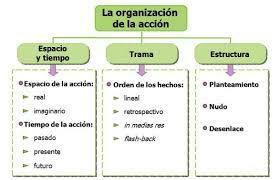
Image: The narration
The time in the narration.
Another of the basic narrative elements is time. And the fact is that the actions carried out by the characters take place in a specific narrative time, which may be the one that the author prefers. Within the time of the narrative we find two different times.
- Story time. It is the moment in which history passes (future, present, past, a current date, etc.). The narrator may not give us this information but the reader, reading it in context, will mentally place the story in a time frame.
- Tempo of speech. This concerns the organization of the events that take place in the narrative. This time can be linear or, also, it can present different temporal jumps that make us move from the past to the present or the future.
There are different narrative techniques that refer to the author's ability to alter narration timing: in media res (the explained story starts in the middle) in extreme res (the story begins at the end).

Image: Slideshare
Narrator, another of the essential elements of the narrative.
A narrative text must obviously have a narrator; in fact, this element already comes implicitly in the name of the text itself (narrative, from narrate). The narrator is another character in the story, although he does not appear in the course of events. He is the character that tells us what is happening and, depending on the type of narrator we meet, he can also explain everything the characters feel.
The narrator he is a character invented by the author himself, He is the one who tells us the story and, therefore, the one who has witnessed the events, more directly or less. It cannot be confused with the author because the author has not witnessed the story, he made it up. This is important to differentiate because a narrator is always another character in the text.
In a narrative text we can find thesetypes of storytellers:
- Omniscient narrator. He narrates in 3rd person and tells us the story as if he were a God from the novel. He knows everything the protagonists think and feel. His narration is objective and descriptive.
- In first person. He is a narrator who, in turn, coincides with the protagonist of the story. Therefore, he can tell us everything he has seen and lived, but it will always be subjective.
- Witness. It is a narrator who matches one of the characters in the play, but not the main one. He tells us what the protagonist is experiencing and what he thinks the protagonist is feeling, but always as a "witness."
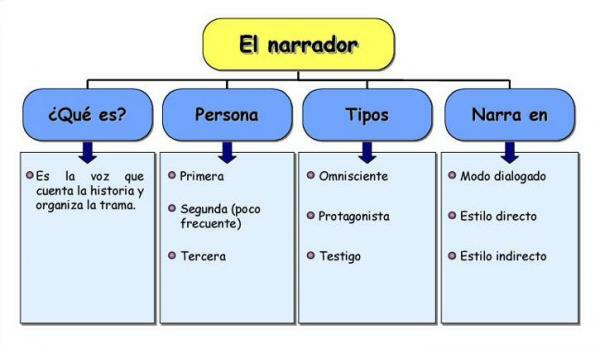
Image: Google Sites
Narrative space.
We finish this review of the main elements of the narrative to tell you about another that is also very important: the narrative space, that is, the place where the events take place that are being explained to us. It is a crucial element because being in Madrid is not the same as being on the Moon, space will mark history and help us to better position ourselves.
This space is usually described by the narrator, who will tell us where the events are happening through direct references or descriptions. It may be that the whole story takes place in the same place (something very common in the theater), but it may also happen in many different places. In addition, the space can be real and, therefore, be a physical place; it can also be psychological or social.
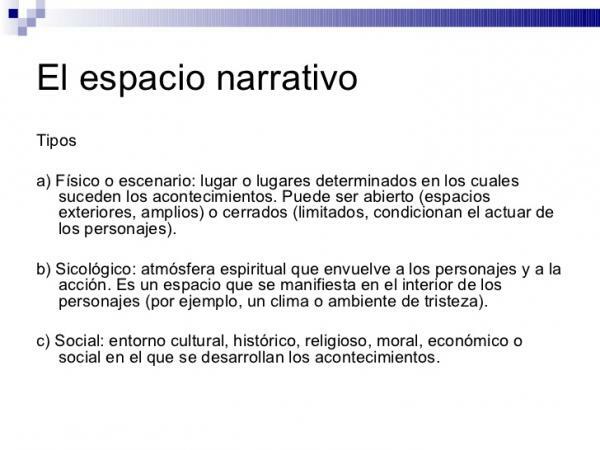
Image: Slideshare
If you want to read more articles similar to Narrative elements, we recommend that you enter our category of Writing.

